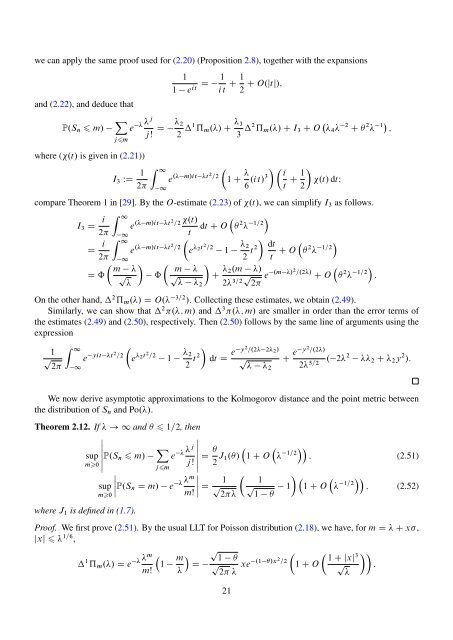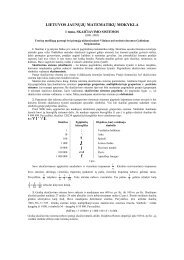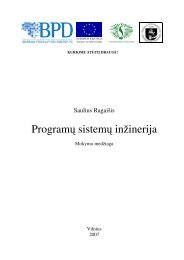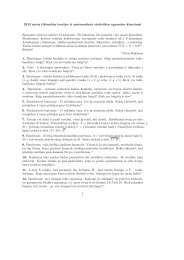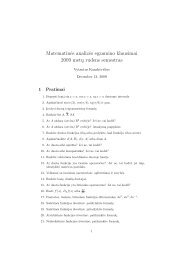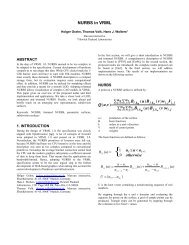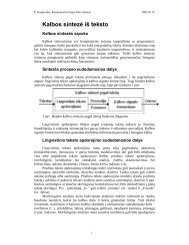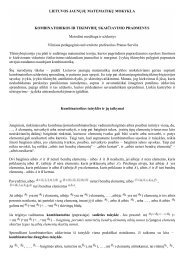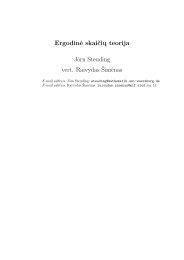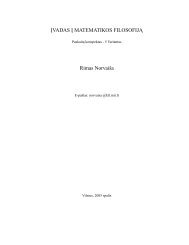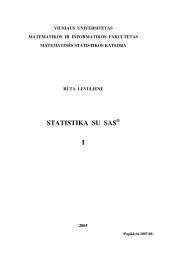Preprint
Preprint
Preprint
Create successful ePaper yourself
Turn your PDF publications into a flip-book with our unique Google optimized e-Paper software.
we can apply the same proof used for (2.20) (Proposition 2.8), together with the expansionsand (2.22), and deduce thatP.S n m/Xjmwhere (.t/ is given in (2.21))1D 11 e it i t C 1 2 C O.jtj/;e jj ! D 22 1 … m ./ C 33 2 … m ./ C I 3 C O 4 2 C 2 1 ;I 3 WD 12Z 1e . m/it t 2 =21 C i16 .i t/3 t C 1 .t/ dtI2compare Theorem 1 in [29]. By the O-estimate (2.23) of .t/, we can simplify I 3 as follows.Z 11I 3 Di e . m/it t 2 =2 .t/dt C O 2 1=22tDi Z 1e . m/it t 2 =2e 2t 2 =2 2 dt12 12 t 2 C O 2 1=2t m m D ˆ p ˆ p C 2.m / 2 2 3=2p 2 e .m /2 =.2/ C O 2 1=2 :On the other hand, 2 … m ./ D O. 3=2 /. Collecting these estimates, we obtain (2.49).Similarly, we can show that 2 .; m/ and 3 .; m/ are smaller in order than the error terms ofthe estimates (2.49) and (2.50), respectively. Then (2.50) follows by the same line of arguments using theexpressionZ1 1p e yit t 2 =22 1e 2t 2 =21 22 t 2 dt D e y2 =.2 2 2 /p 2C e y2 =.2/2 5=2 . 2 2 2 C 2 y 2 /:We now derive asymptotic approximations to the Kolmogorov distance and the point metric betweenthe distribution of S n and Po./.Theorem 2.12. If ! 1 and 1=2, thensupˇˇP.S Xn m/ e jm0j !jm ˇ D 2 J 1./sup ˇˇP.S n D m/ e mm! ˇ D p 1 1 p 11 C O2 1 m0where J 1 is defined in (1.7).1 C O 1=2 ; (2.51) 1=2 ; (2.52)Proof. We first prove (2.51). By the usual LLT for Poisson distribution (2.18), we have, for m D C x,jxj 1=6 , 1 … m ./ D e m mp 1 1 D p xe .1 /x2 =2 1 C jxj31 C O p :m! 2 21


